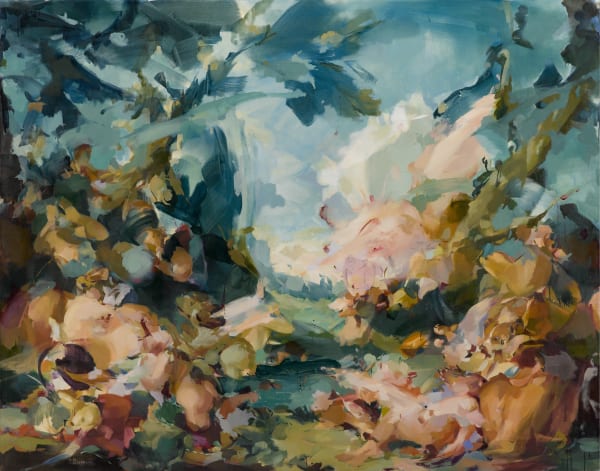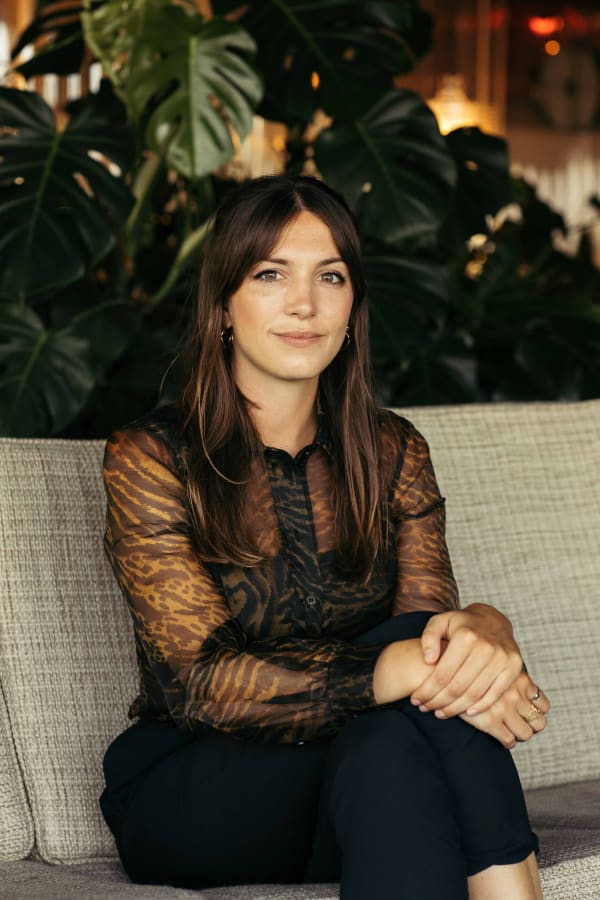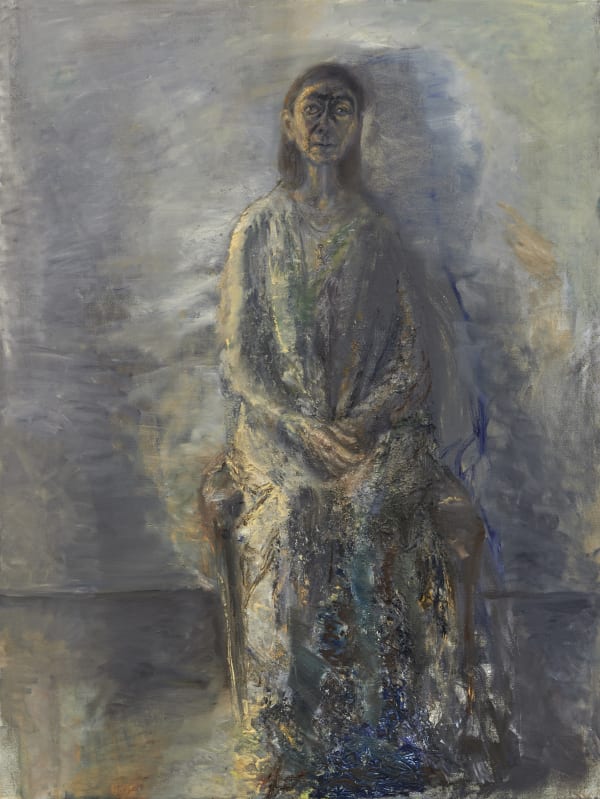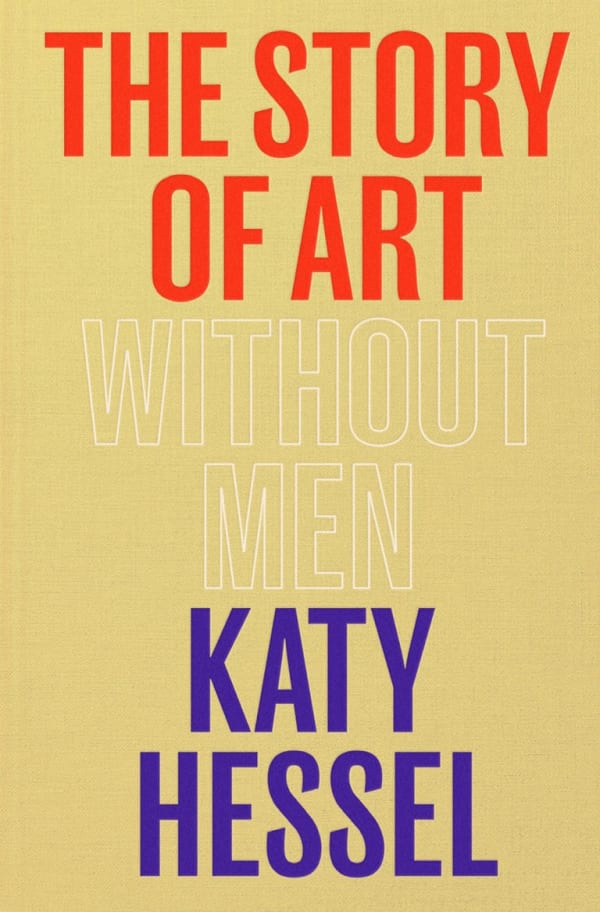The Story of Art as it’s Still Being Written
Victoria Miro is delighted to present The Story of Art as it’s Still Being Written. This exhibition, curated by Katy Hessel, coincides with the publication of her major new book The Story of Art without Men, published by Hutchinson Heinemann on 8 September 2022.
The Story of Art as it’s Still Being Written is an exhibition based on the final chapter of my book, The Story of Art without Men. This book charts the last 500 years of art history, spanning from the Renaissance to the present day, and attempts to overthrow the canon as we know it. Instead of viewing women as the wife of, the muse of, the daughter of, or the sister of, The Story of Art without Men places women firmly at the centre of the story. It roots them in their social and political context and the time in which they lived.
-

Waldemar Januszczak reviews The Story of Art as it’s Still Being Written in The Sunday Times
September 18 2022 Read More -

The Observer reviews The Story of Art Without Men
September 11 2022' She brings to each artwork an attention that is both sober and pleasurable, a sensitive balance of probity, acceptance and fascination: exactly the kind...Read More -

AnOther interviews Katy Hessel
September 9 2022'It baffles me as to why women have been left out of the canon. Either it was a conscious decision or they were just ignorant...Read More -

Prospect reviews The Story of Art without Men by Katy Hessel
September 8 2022Francesca Peacock from Prospect reviews Katy Hessel's debut book The Story of Art without Men and exhibition The Story of Art as it’s Still Being...Read More -

Rachel Campbell-Johnston reviews The Story of Art without Men for The Sunday Times
September 4 2022'The Story of Art without Men determinedly challenges this patriarchal tale. It begins with the Renaissance, although that seems a mistake: isn’t it possible that...Read More
